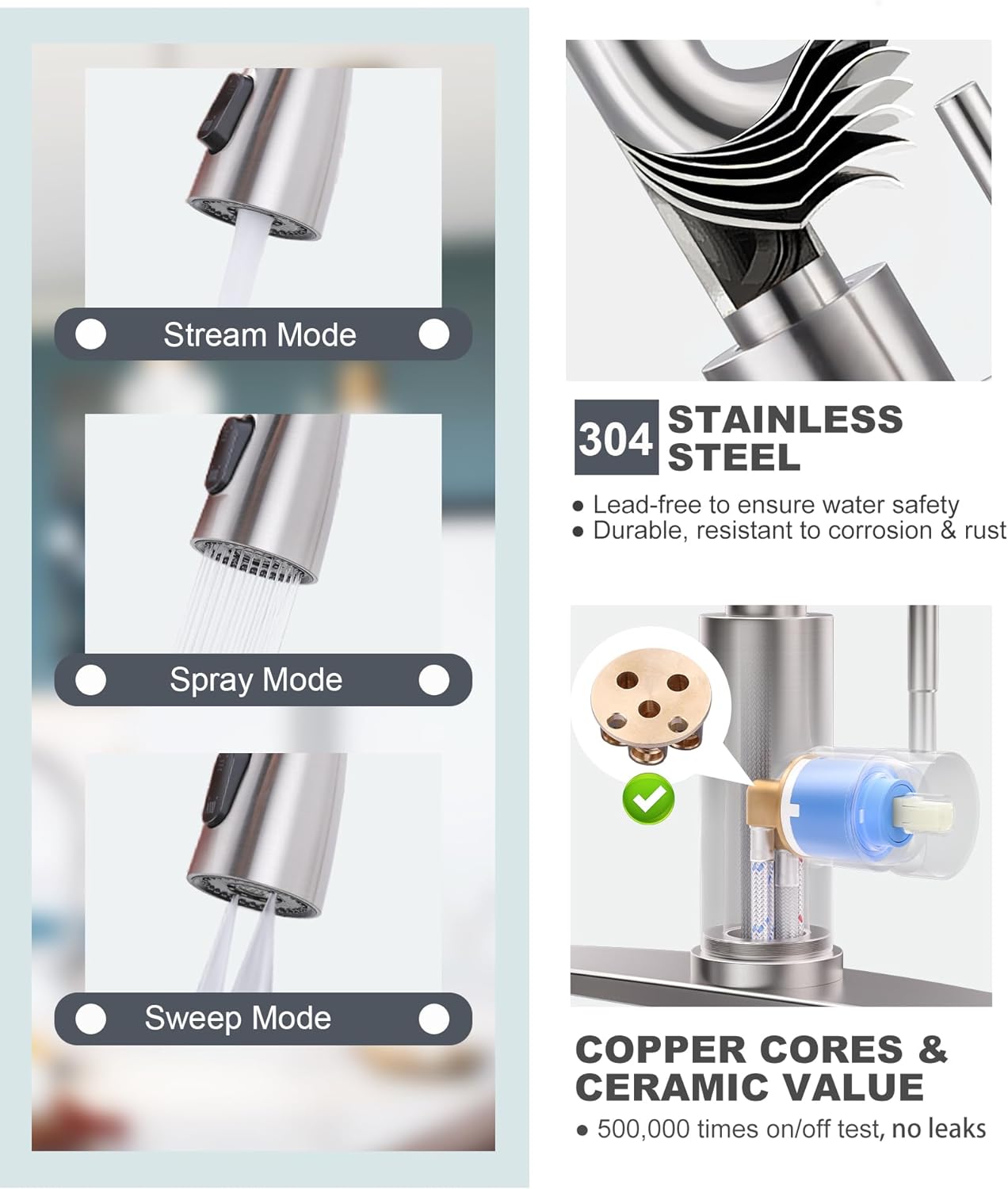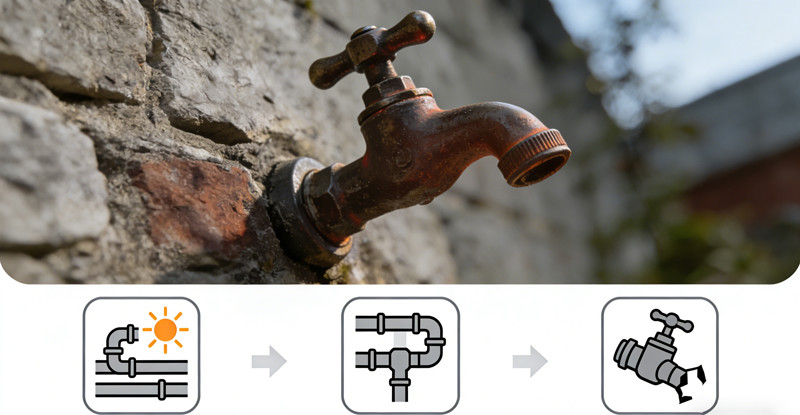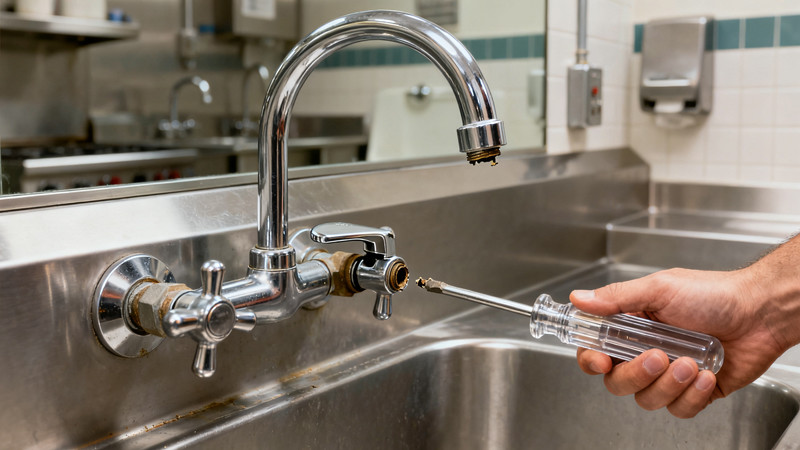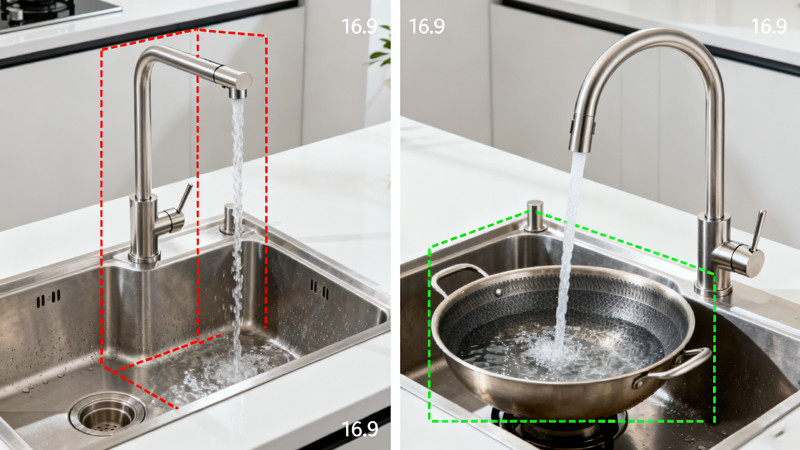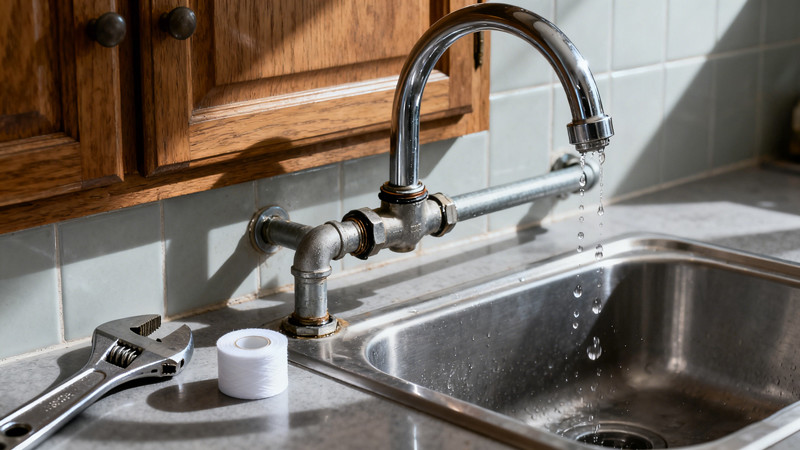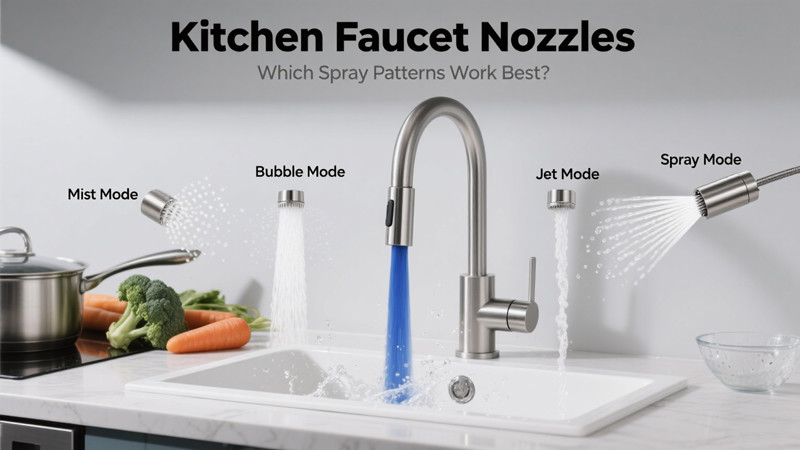
When it comes to upgrading your kitchen faucet, one often-overlooked feature is the spray pattern of the nozzle. While the faucet’s finish and design grab your attention first, the spray function directly impacts daily use—whether you’re rinsing vegetables, washing dishes, or cleaning the sink. In this article, we’ll dive deep into the most common kitchen faucet spray patterns and explore which one might work best for your needs.
Why Spray Patterns Matter
The spray pattern controls how water exits the faucet nozzle. Depending on the task, you may need a concentrated stream for filling pots quickly or a wide spray for rinsing large dishes. The right spray pattern can save you time, water, and frustration.
Modern kitchen faucets often come with multi-function nozzles, allowing you to switch between spray modes with a button or toggle. Understanding these patterns will help you choose a faucet that truly meets your kitchen demands.
1. Stream Mode (Steady Flow)
Best For:
- Filling pots
- Watering plants
- General use
Overview:
Stream mode provides a strong, consistent flow of water. It’s the default setting for most faucets and mimics the traditional, single-stream water flow.
Pros:
- Fills containers quickly
- Less splashing than spray modes
- Simple and predictable
Cons:
- Less effective for rinsing wide surfaces
- Not ideal for removing food debris
Verdict:
If you regularly fill kettles or large pots, stream mode is a must. Most faucets include it by default, but check for adjustable flow rates if water efficiency is a concern.
2. Spray Mode (Aerated Spray)
Best For:
- Rinsing produce
- Cleaning plates and sinks
- Removing surface debris
Overview:
Spray mode disperses water through multiple small holes, creating a fan-shaped spray. It’s usually more powerful than stream mode and covers a wider area.
Pros:
- Excellent coverage
- More forceful for washing food and dishes
- Uses less water while maintaining pressure
Cons:
- Can cause splashing if used in shallow sinks
- Not ideal for precise tasks like filling narrow bottles
Verdict:
Spray mode is the go-to for anyone who cooks or cleans frequently. It’s especially useful for rinsing fruits and vegetables or tackling post-dinner cleanup.
3. Pause Mode (Temporary Shut-Off)
Best For:
- Moving between tasks
- Preventing messes
- Saving water while multitasking
Overview:
Pause mode temporarily halts water flow without turning off the faucet entirely. This is typically activated by holding down a button on the nozzle.
Pros:
- Saves water
- Prevents splashing when moving faucet around
- Great for multitaskers
Cons:
- Requires manual engagement
- Not all faucets include this mode
Verdict:
If you juggle multiple tasks while cooking or cleaning, pause mode is a smart water-saving feature. While it doesn’t change the spray pattern, it enhances control.
4. Blade Spray (High-Pressure Fan)
Best For:
- Scrubbing off baked-on food
- Heavy-duty dishwashing
- Cleaning sink walls
Overview:
Blade spray creates a high-pressure, narrow fan of water. Think of it like a miniature pressure washer. It’s a newer innovation found in some higher-end or commercial-style faucets.
Pros:
- Powerful enough to clean stubborn messes
- Cuts through grease and dried food easily
- Great for deep-cleaning tasks
Cons:
- Uses more water than softer sprays
- Can be too intense for delicate items or produce
Verdict:
Blade spray is ideal if you often clean pots, pans, or baking sheets with stuck-on food. It’s less necessary in low-maintenance kitchens but excellent for heavy-duty cooks.
5. Shower Spray (Wide and Gentle)
Best For:
- Washing fragile produce
- Gentle rinsing
- Cleaning wide surfaces
Overview:
Shower spray mimics the soft, gentle water flow of a handheld showerhead. It uses more nozzles and less pressure, resulting in a light, evenly dispersed spray.
Pros:
- Perfect for rinsing delicate foods like berries
- Reduces splashing
- Soft on dishes
Cons:
- Not strong enough for tough cleaning
- Slower rinsing time
Verdict:
A must-have if you handle a lot of fresh produce or fragile glassware. It’s not a workhorse but a thoughtful addition to multi-function faucets.
6. Boost Mode (Enhanced Stream or Spray)
Best For:
- Faster filling
- Quick rinsing
- Short bursts of pressure
Overview:
Boost mode temporarily increases water pressure in either stream or spray mode. It’s typically activated by a secondary button.
Pros:
- Faster performance when needed
- Improves productivity
- Saves time without changing mode
Cons:
- Can splash if not handled carefully
- Not available on all models
Verdict:
Boost mode is perfect for impatient cooks or busy households. Great for filling pots or blasting off debris quickly.
Choosing the Right Spray Pattern for You
When selecting a faucet, consider how you use your sink most often. Here’s a quick guide:
| Primary Use | Recommended Spray Mode |
|---|---|
| Filling pots and kettles | Stream + Boost |
| Rinsing fruits/veggies | Spray + Shower |
| Heavy-duty cleaning | Blade Spray + Boost |
| Everyday dishwashing | Spray + Pause |
| Water conservation | Spray + Pause + Aerated Flow |
Final Thoughts of Kitchen Faucet Nozzles
Spray pattern may seem like a minor detail, but it significantly affects how efficient and enjoyable your kitchen routine can be. Whether you’re a gourmet home chef, a busy parent, or someone who values low-maintenance functionality, the right faucet spray pattern can streamline your workflow and reduce water waste.
When shopping for a new faucet, don’t just look at the style or brand—test out the spray functions, too. Ideally, choose a model that offers at least two spray modes (stream and spray) and one bonus feature like pause, boost, or blade spray.
With the right spray pattern, your kitchen faucet goes from basic to brilliant.
 WOWOW Faucets
WOWOW Faucets